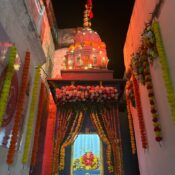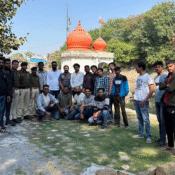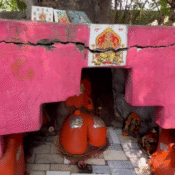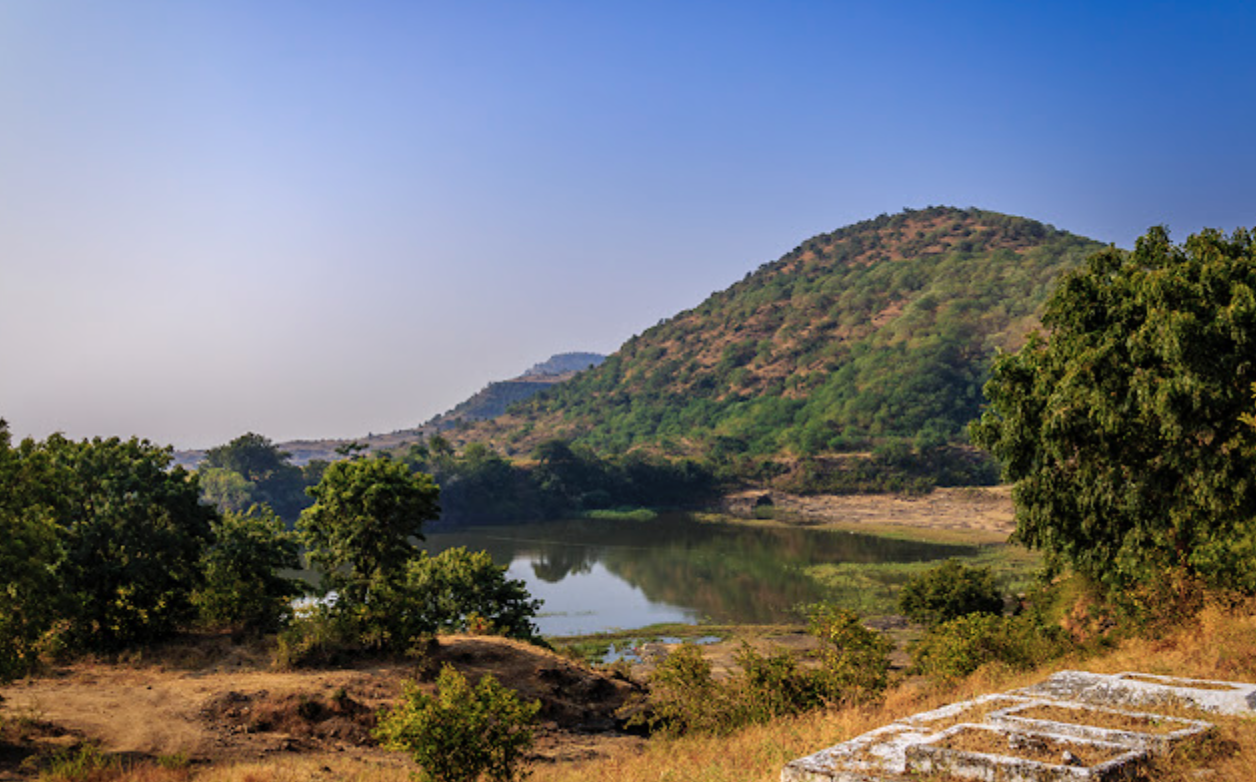
Reclaiming Sacred Ground: The Hidden Truth Behind Temple Destruction
A few years ago, if you had asked me why temples were the first targets of invaders, I would have said it was due to their immense wealth and significance as places of worship for Hindus. Reflecting on it now, I realize my answer was only partially correct. Yes, they plundered our temples for their vast riches and desecrated our idols out of hatred for the Hindu faith. But if that were the sole reason, why did they build mosques, dargahs, or churches on those sites?
As I searched for answers, I encountered the explanation that these acts were meant to humiliate Hindus and make them feel inferior. While this explanation has some merit, it only scratched the surface. It wasn’t until recently, during my search for temples to restore as part of our project, that I came across a picture—a picture that led me deeper into the heart of the matter. As I explored the history, legends, and stories passed down through generations, I had a eureka moment.
That’s when the pieces clicked into place—the intent, the motive, and the true nature of the destruction finally became clear. But before revealing what I discovered, let me take you to Devagiri—once the grand capital of the Yadavas, now known as Daulatabad. It was there, amidst the ruins, that I found answers I didn’t even know I was searching for. Thanks to connections made by the Ramdoot Restores team, I learned that the picture I had stumbled upon was from Khuldabad, just 10 kilometers from the ruins of Devagiri. As I journeyed toward Khuldabad, I encountered a lake—a shimmering body of water known as Pariyon ka Talab, or the Lake of the Fairies. The lake seemed serene, even mystical, but its surroundings told a different story.
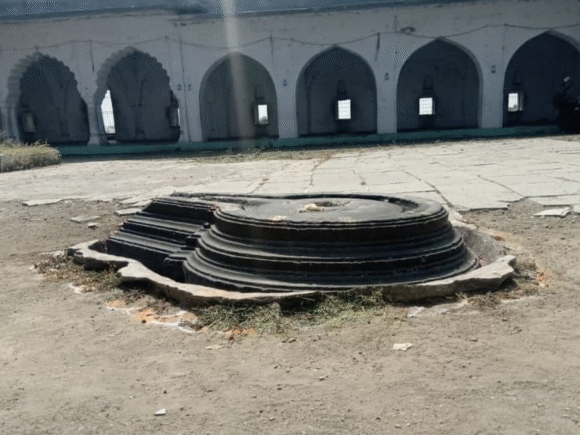

Near the lake stood a dargah, a shrine dedicated to the Sufi saint Sheikh Shah Jalaluddin Ganj-e-Rawa. Pilgrims flock to this dargah, many seeking blessings for fertility. At first, it seemed like just another tale of miraculous cures, another Sufi legend. But something about it felt off. An unspoken whisper from the ruins around the dargah hinted that there was more to this place than met the eye. I was right. The lake, Pariyon ka Talab, wasn’t always known by this name. It was named later after the Sufi shrine wasestablished.
Before the saint, before the dargah, and before the Islamic conquest, this place was home to grand, intricate Hindu temples. The lake wasn’t merely a source of water; it was sacred. Women from distant villages came here to bathe, seeking blessings for fertility from the divine energies believed to reside within the water. But over time, this ancient ritual was being erased, replaced by the legend of blessings from the dargah’s saint.Standing among the broken remnants of the temples scattered around the lake, the pieces of the puzzle began to fall into place. The invaders didn’t merely destroy the temples—they appropriated the power of the land.
Unable to erase the spiritual energy, they twisted it, rebranding it under a new name and faith. The Sufi saint, the dargah, and the lake were all part of a larger narrative. What had once been a sacred Hindu site, revered for its life-giving waters, had been repurposed, its history rewritten. But the most chilling discovery lay within the dargah itself. In its courtyard, I found a remnant of the Hindu past—a Yoni, the sacred representation of the goddess, consort of Shiva. The Lingam, which once stood proudly in the temple’s garbhagriha, had been destroyed, but the Yoni remained. It was a stark reminder of the destruction that had taken place, of the temple that had once stood on this very ground. And yet, despite the obvious evidence, many viewed the dargah as a symbol of “syncretism,” a blending of cultures and faiths.
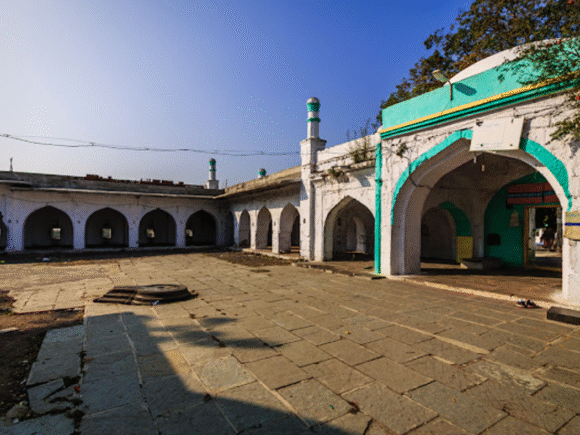
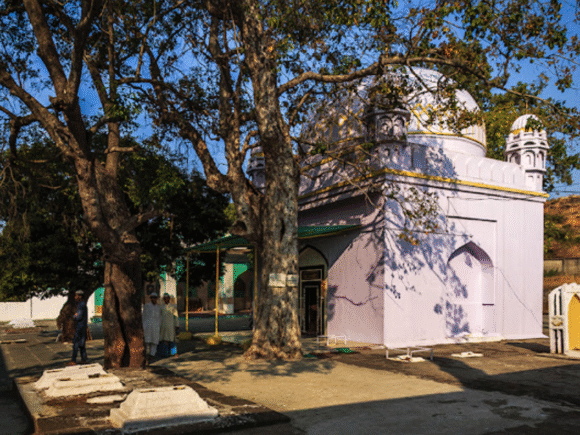
The truth was far darker. The invaders didn’t accommodate Hindu beliefs—they appropriated them. They understood that the energy of the kshetra, the sacred space, couldn’t be extinguished, so they laid claim to it instead. They built their monuments on top of ours, seized the spiritual powers, and gradually erased the true history of the place.
This realization hit me like a wave. The destruction wasn’t just physical; it was an attempt to control history, faith, and the very soul of our civilization. Standing in the shadow of the dargah, I understood why restoration is so crucial. We aren’t merely rebuilding temples—we are reclaiming the energy, power, and identity stolen from us. This is where our journey begins. The restoration we seek is not just physical; it is spiritual, cultural, and historical. We are here to reclaim what was rightfully ours. But where does this restoration start, and where does it end? That’s something I will explore in the next chapter.
Become A Part Of Team
All Categories
Recent Posts
Restoration of the Ganesha Temple: A Commitment to Heritage in Bhandara
Restoring the Sacred: A Forgotten Shiva Temple at Gangour Ghat Reclaims Its Dignity
Reviving a Forgotten Legacy: Restoration Work at a 125-Year-Old Temple in Indore
ramdootrestores@gmail.com


